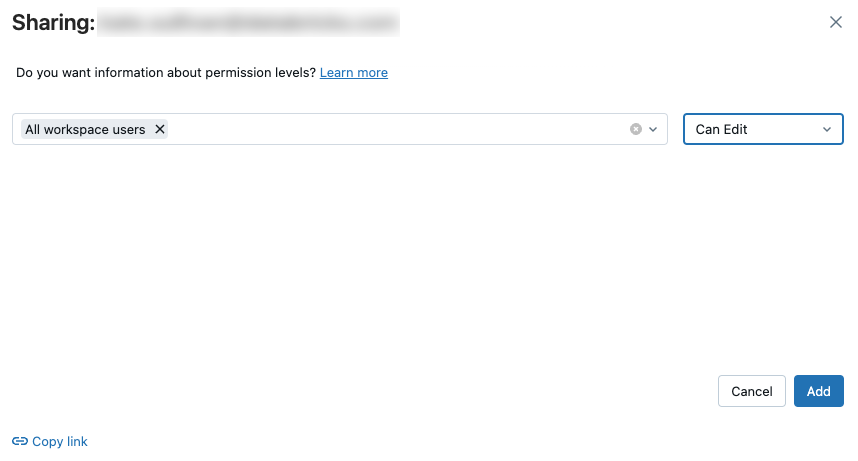Workspace browser
With the workspace browser you can create, browse, and organize Databricks objects, including notebooks, libraries, experiments, queries, dashboards, and alerts, in a single place. You can then share objects and assign permissions at the folder level to organize objects by team or project. You can also browse content in Databricks Git folders. The workspace browser introduces a contextual browser that allows you to browse content, including content in Git folders, from within a notebook.
View objects in the workspace browser
You can view objects, including content in Git folders, in the workspace browser by clicking Workspace in the sidebar. Objects created outside the workspace browser (for example, from the query list page) are viewable, by default, in the Home folder, where you can organize them within subfolders if you want.
Work with folders and folder objects
The workspace enables you to create folders, move objects between folders, and share objects to groups of users with a choice of permission levels.
-
To create a folder, click Add and then select Folder.
-
To move objects between folders, select the object you want to move and then drag it to the folder where you want to move it.
-
To share and grant permissions to all objects in a folder, right-click the folder and select Share. Enter the users, groups or service principals to which you want to share the folder and its objects, and then select the permission level. Click Add.
